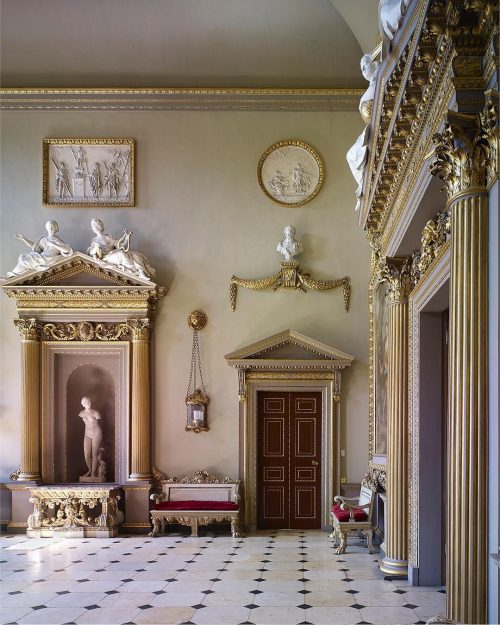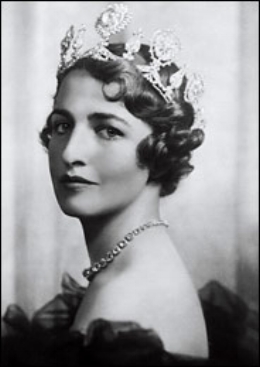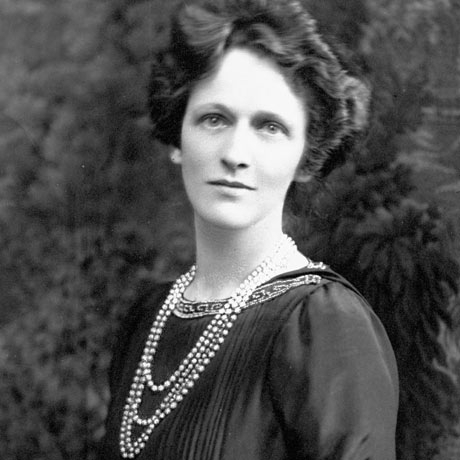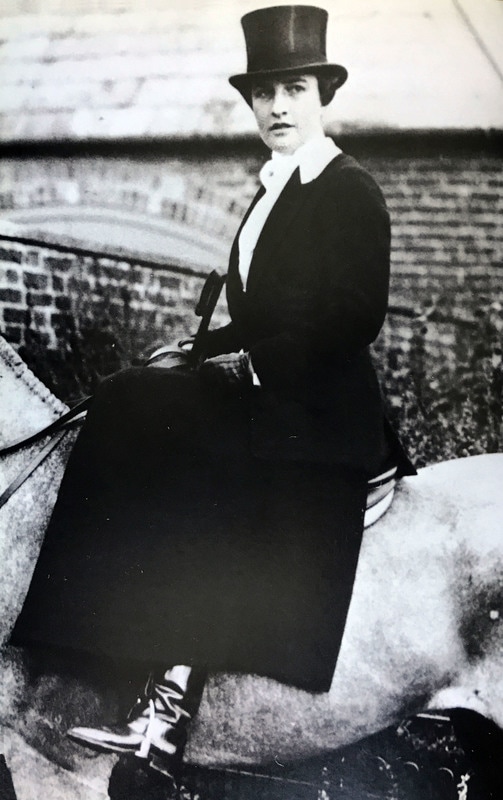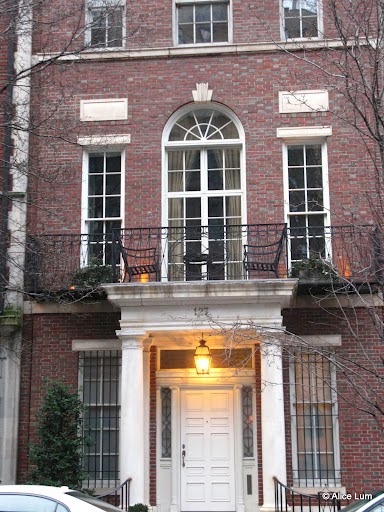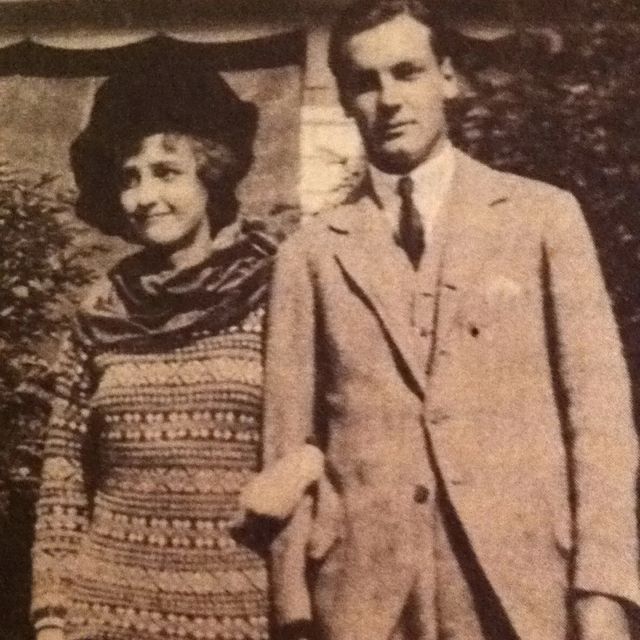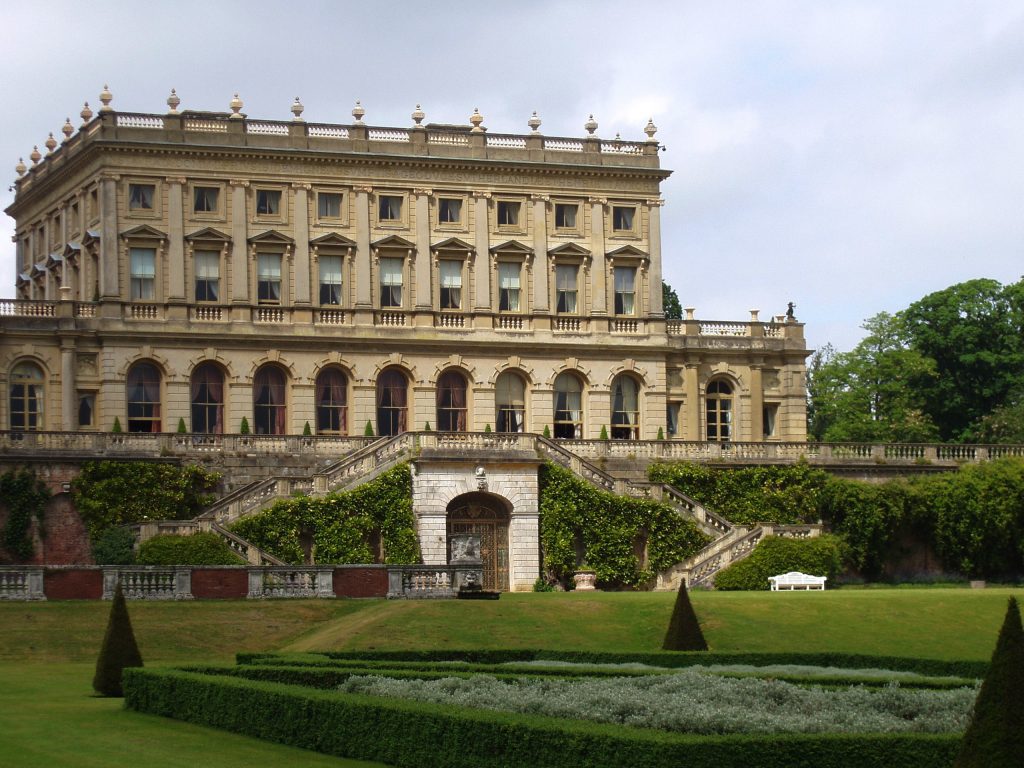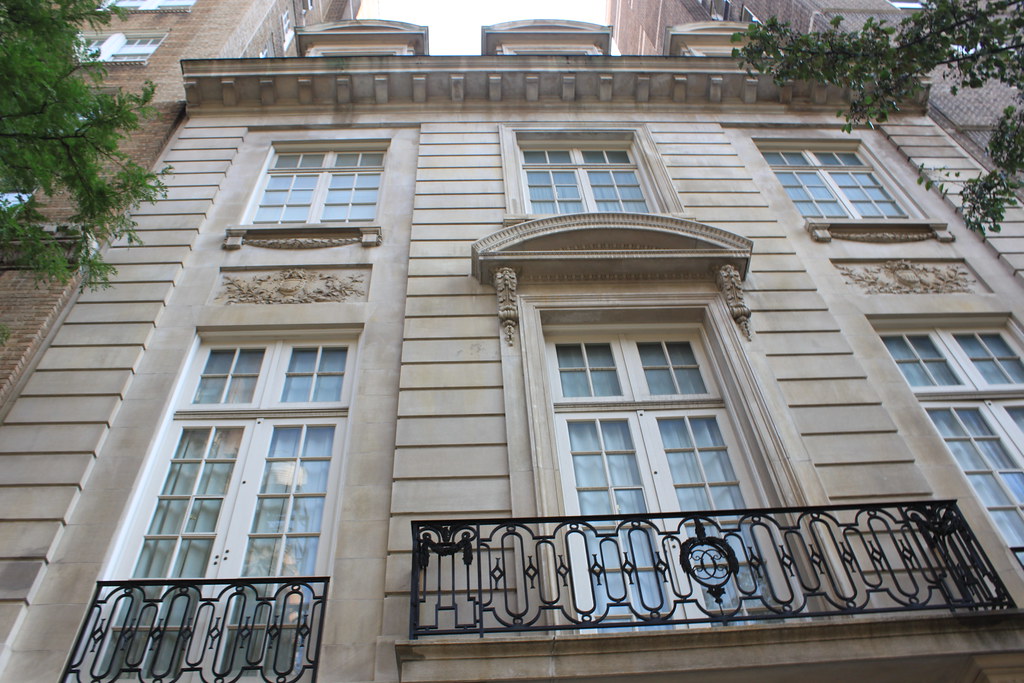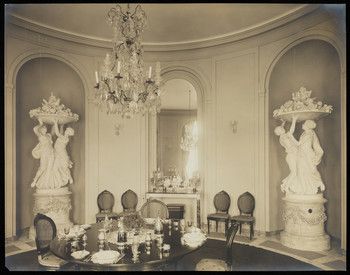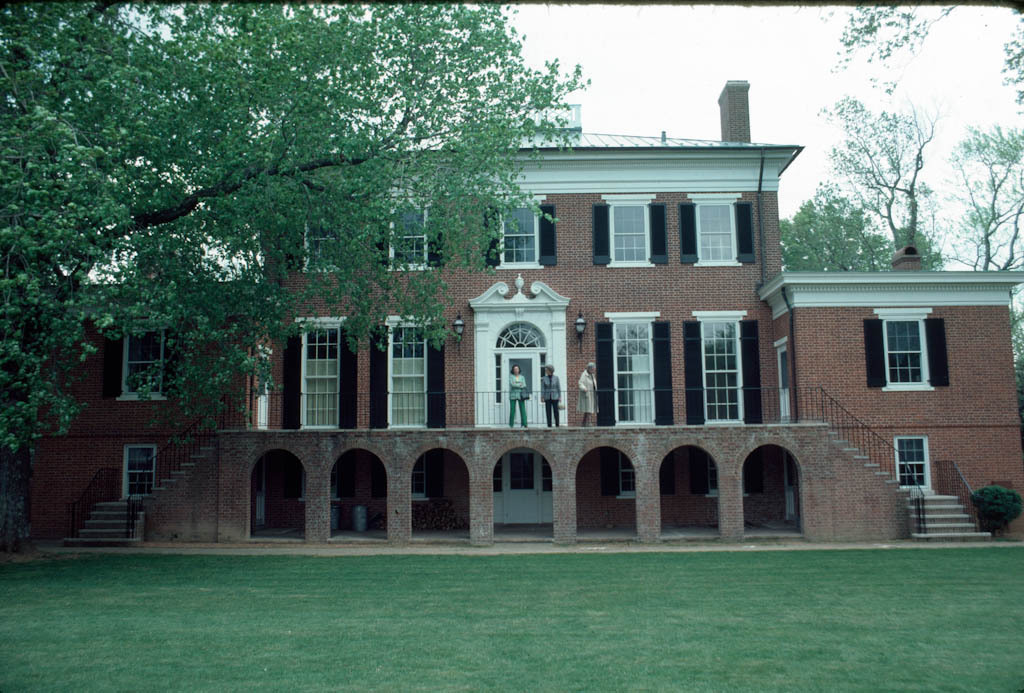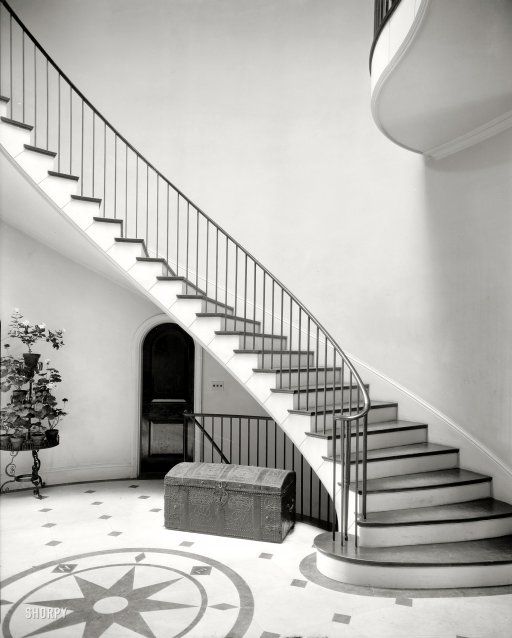Starring Ditchley Park

Nancy’s Chinese Room at Kelmarsh Hall

By Megan McKinney
Ronnie Tree’s paternal grandfather, Lambert Tree, had wished a career in American public service for the young man; for this reason, English-born Ronnie had been happy to remain in the United States and to join his wife, Nancy, in buying and maximizing Mirador. Although their partnership in the renovation of the Langhorne family estate, with the guidance of Billy Delano, was a delightful experience, Mirador would not remain their permanent home.
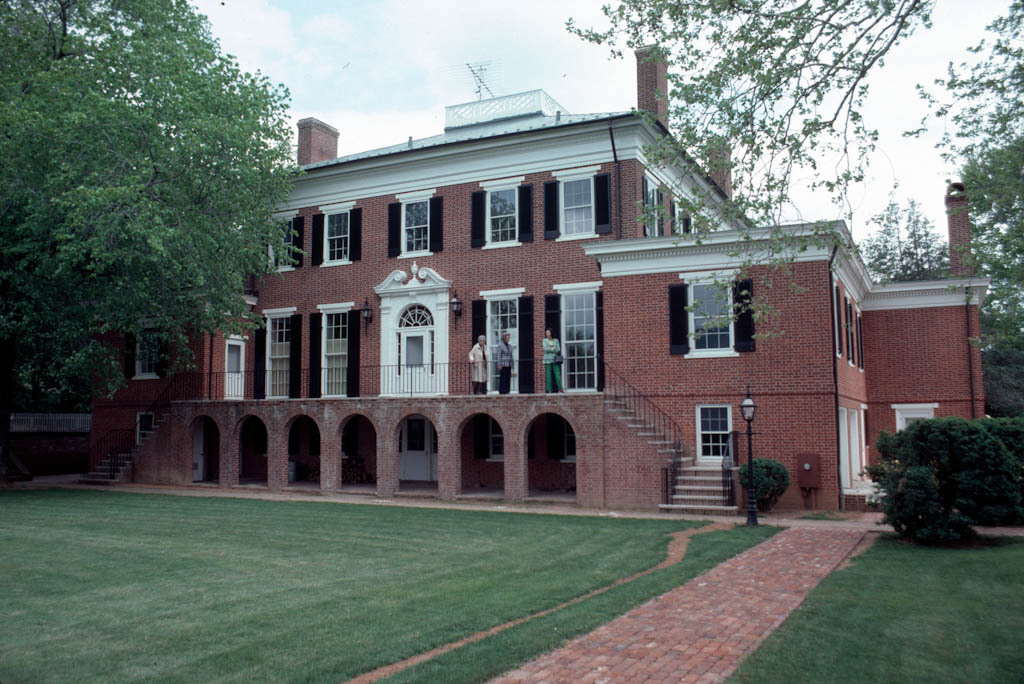
With Ronnie’s English birth, his Anglo upbringing and inescapable British accent, he would soon realize that an American elective position was not likely. So, it was back to England.
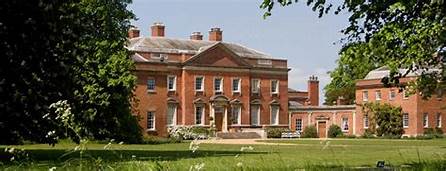
The Tree’s first adventure was with Kelmarsh Hall, a circa 1730 Georgian house in Northamptonshire, designed by James Gibbs and owned by the Lancaster family.

The Great Hall at Kelmarsh has recently been restored to Nancy’s 20th century design. The Trees move to the hunt country of England was a great success; while Nancy dove into decorating another fine house, Ronnie became Joint Master of the Pytchley Hunt.

Celebrated English artist Sir Alfred Munnings painted Ronnie as Pytchley Hunt Master.
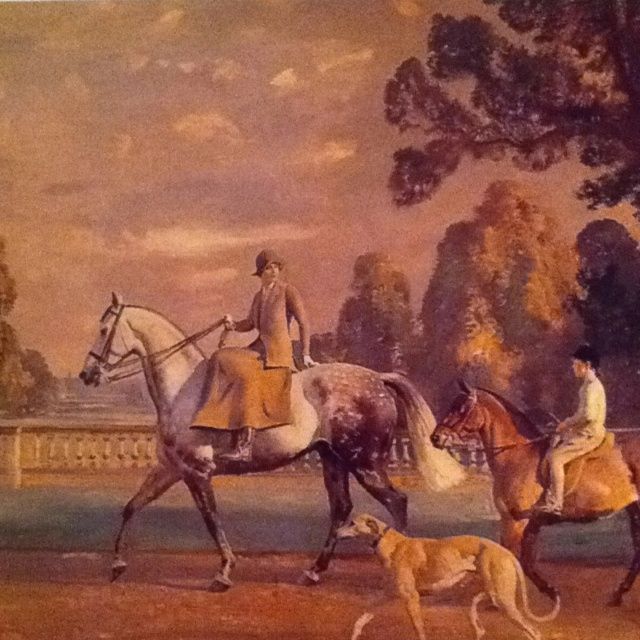
Sir Alfred also painted this image of Nancy and a son on horseback.
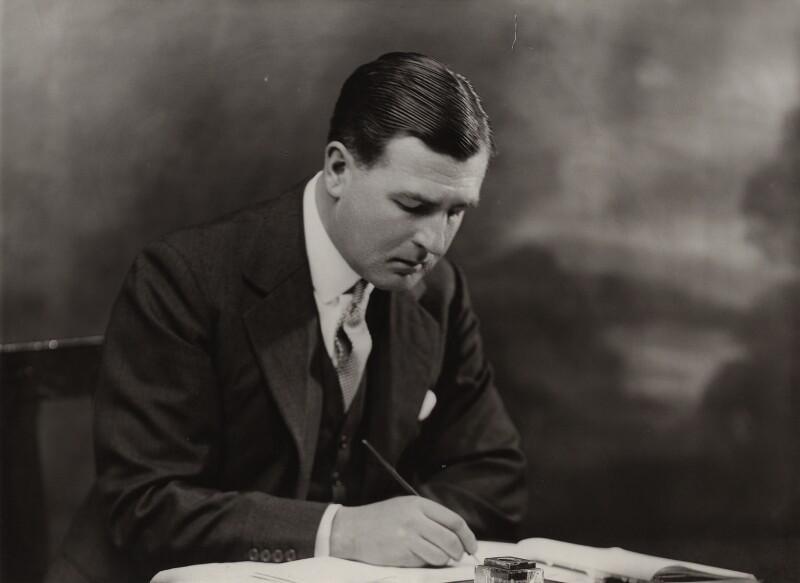
In 1933, Ronnie was elected Member of Parliament for Harborough in Leicestershire. He was at last was in the public service his paternal grandfather, Lambert Tree, had wished for him, although in England, rather than Lambert’s America. The Trees were continuing to live well but the best was yet to come. They both fell in love with Ditchley Park, a great house in Oxfordshire, near Blenheim Palace.

Although run down when they first came upon it, the 18th-century house, also designed by James Gibbs, had great bones with amazing proportions. The Trees pooled recent inheritances to buy the estate. Although Marshall Field did not believe in leaving large sums to women–and his formal estate plan, drawn up by William Beale of Chicago’s Isham Lincoln & Beale, was based more or less on primogeniture–he had indulged his only daughter, Ethel, through the years. At her death the legacy she left Ronnie, the eldest of her sons, was sizable, making it possible to spend an immense amount in fitting out Ditchley Park.
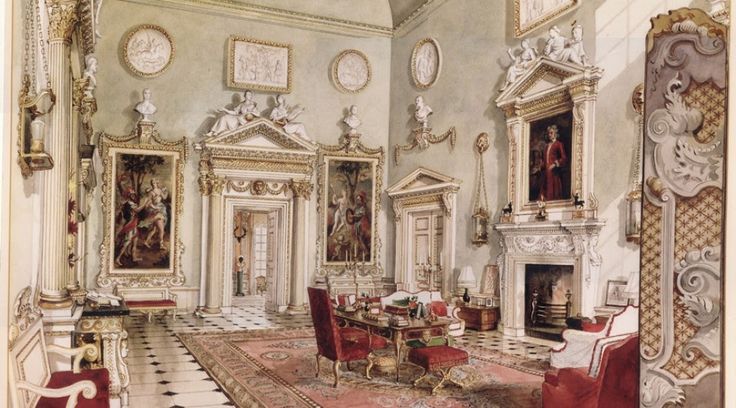
Ronnie Tree commissioned watercolors of the restored rooms by Alexandre Serebriakoff. The above is the artist’s rendition of Ditchley’s Great Hall.
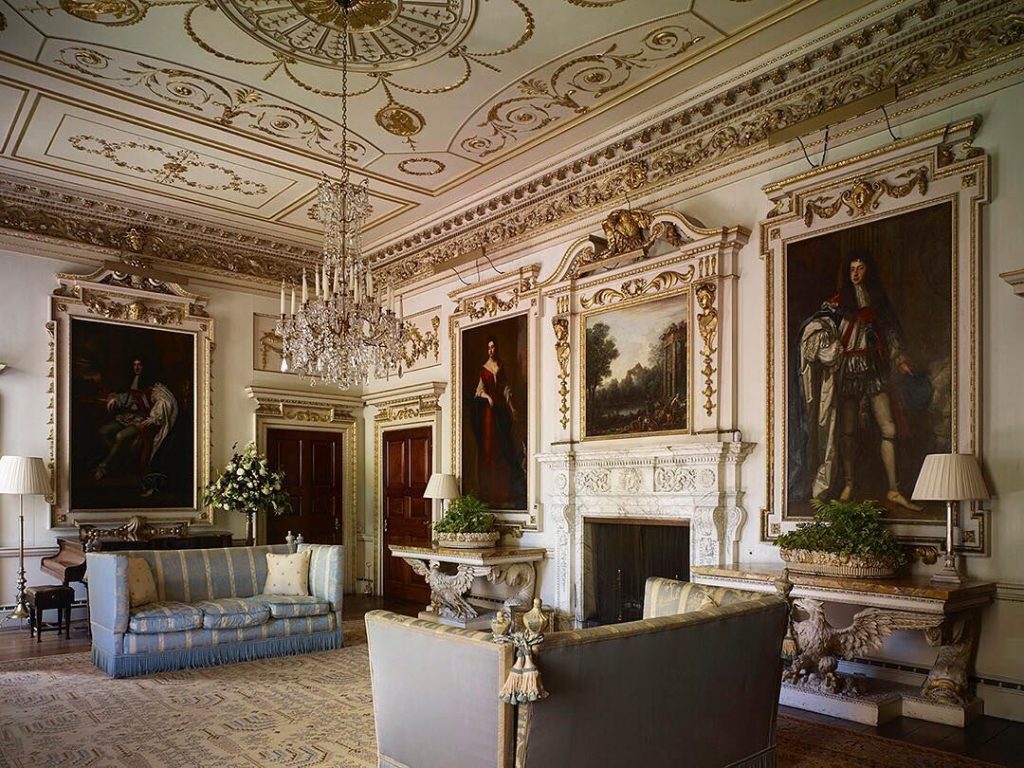
The handsome White Drawing Room is shown in a photograph.
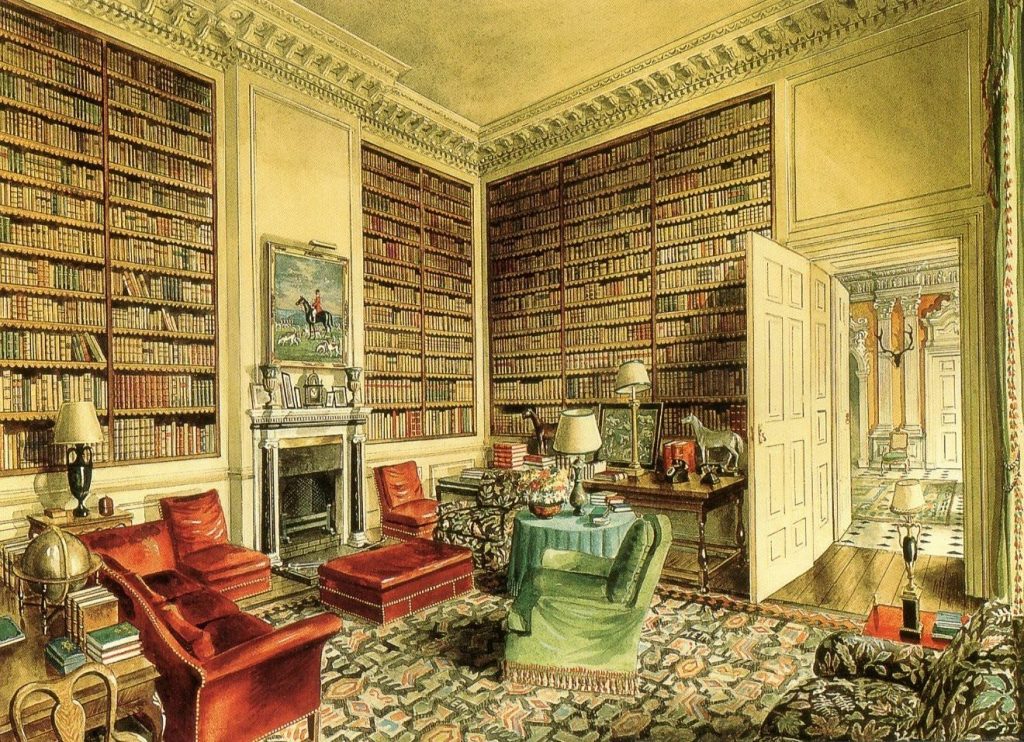
The Ditchley Library was another great room interpreted by Alexandre Serebriakoff.
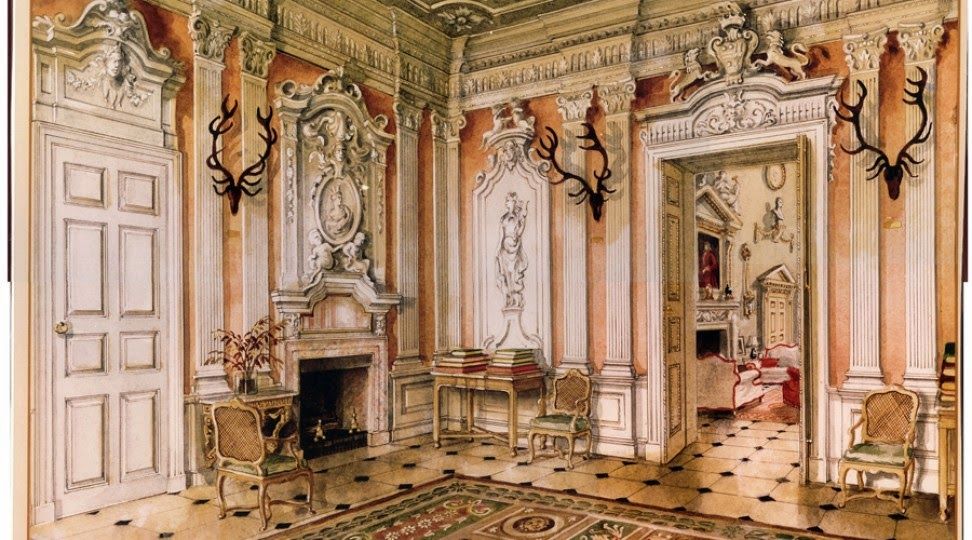
Above is Serebriakoff’s watercolor of the Ditchley Saloon.
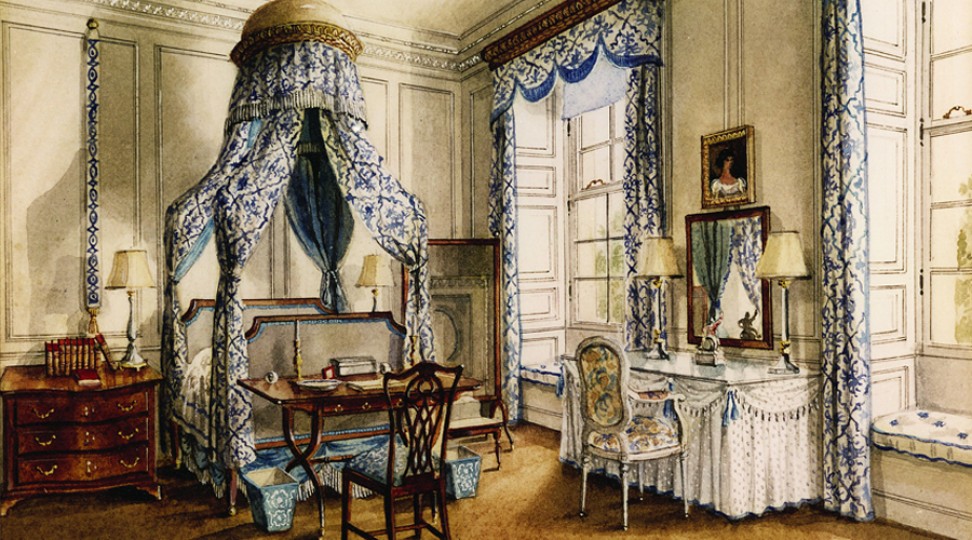
This rendering of the Blue and White Bedroom was among Serebriakoff’s handsome watercolors. Ronnie and Nancy would have two sons, Michael and Jeremy. Michael married Lady Anne Cavendish, daughter of the Duke of Devonshire and, in 1949, he inherited one of the greatest Palladian properties in England from his uncle Peter Beatty.
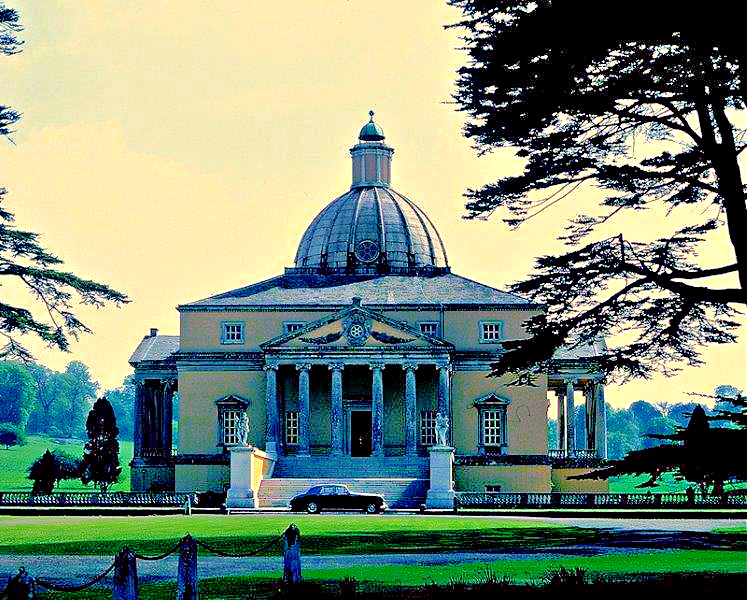
Credit: Robert Whitfield
Mereworth Castle was designed by Colen Campbell and built in the 1720s for the 7th Earl of Westmorland; it is almost an exact copy of Palladio‘s Villa Rotunda near Venice.
 Mereworth’s red rotunda
Mereworth’s red rotunda
Credit: Country Life
Although Nancy continued throughout her life to be the talented interior designer we remember; she became increasingly unstable. As a result, Ronnie spent less and less time at home. During his long absences, Colonel Claude “Jubie” Lancaster would take his place. (Lancaster had been the Tree’s landlord at Kelmarsh and would eventually become Nancy’s third husband.)
Join Classic Chicago Publisher Megan McKinney’s Great Chicago Fortunes next for a segment about Ronnie Tree and his American second wife, Marietta Peabody FitzGerald, as he continues to own and be otherwise associated with some the most stunning houses in the English-speaking world.
Edited by Amanda K. O’Brien
Author Photo: Robert F. Carl
,



